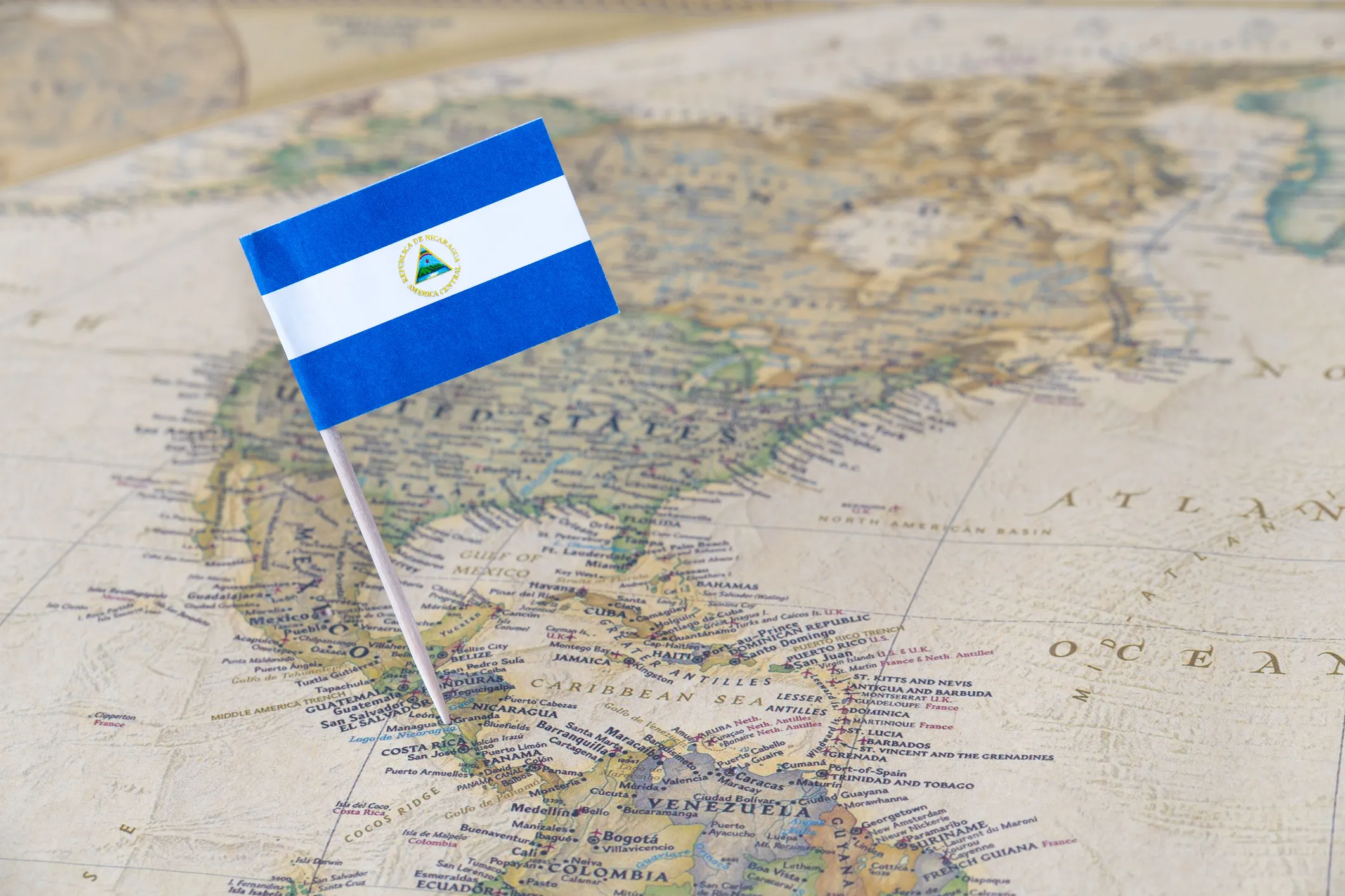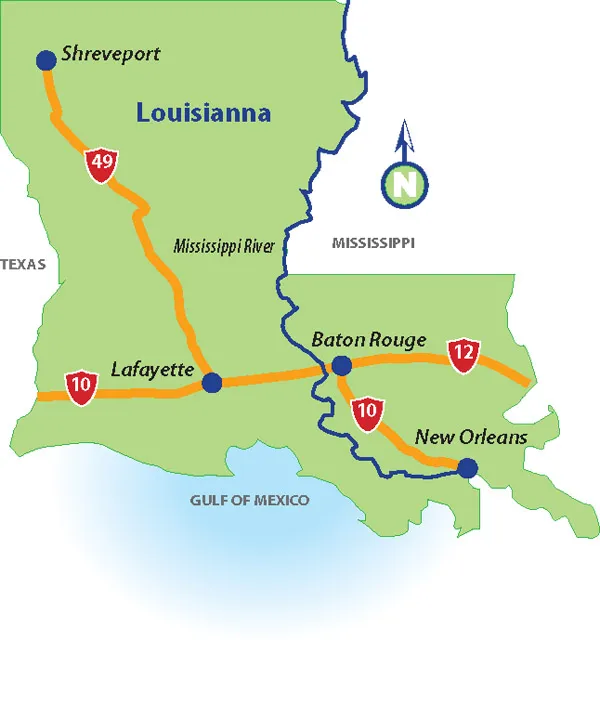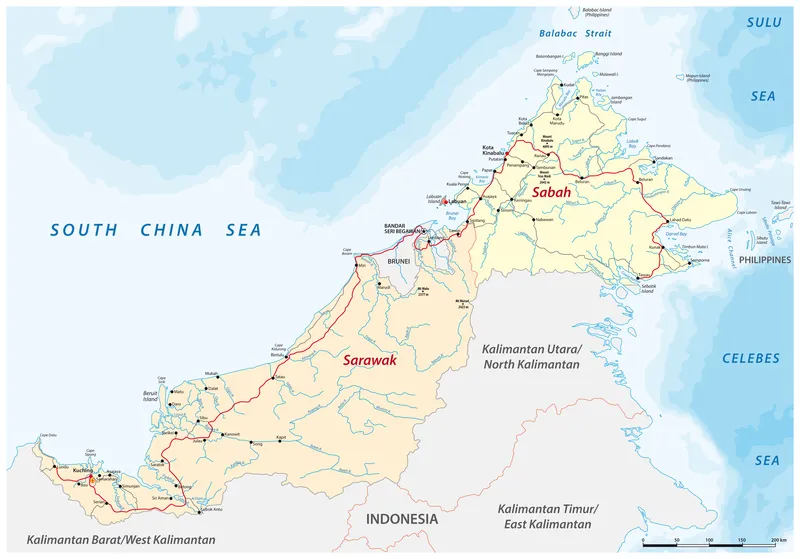Nicaragua’s road transport plan is being developed.
By MJ Woof
November 12, 2020
Read time: 1 min

Nicaragua is working on a major programme of road development and expansion. The plans are being drawn up by Nicaragua’s Ministry of Transport and Infrastructure (MTI).
In all, 13 road projects are being planned for 2021. One of the key projects wil be for the 90km second stage of construction for the Costanera road on Nicaragua’s Pacific coast. This new stretch is intended to connect Masachapa, El Transito, Salinas Grandes and Poneloya.
Work on the first section of the Costanera road links with Nicaragua’s border with neighbouring Costa Rica.









